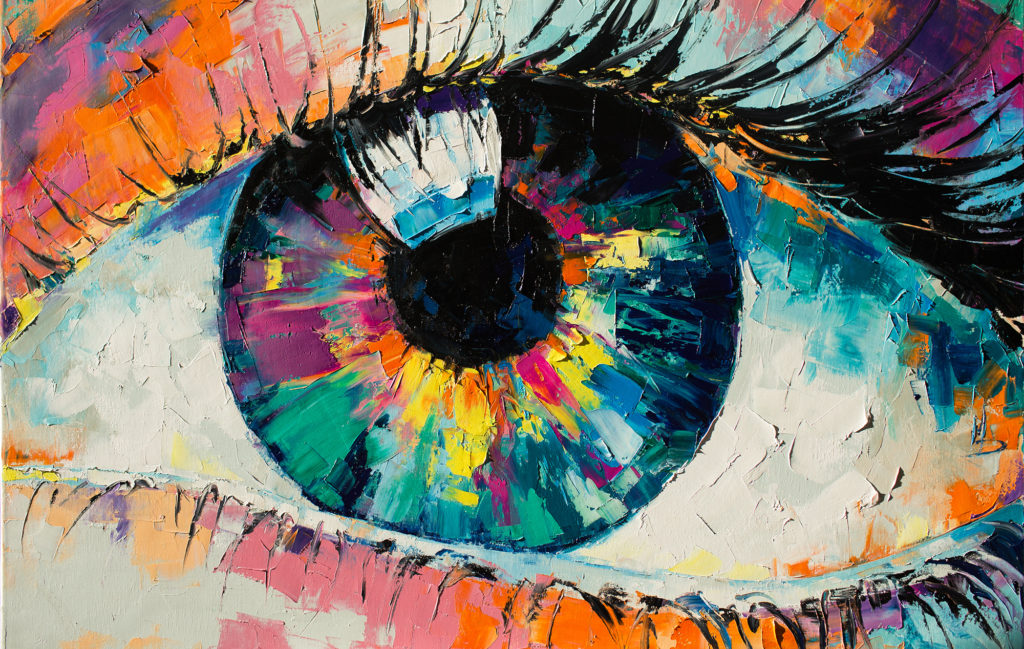Diving Into the Diverse Globe of Artistic Expression: From Surrealism to Abstract Realism
In the world of creative expression, from the dreamlike landscapes of surrealism to the elaborate play of light and kind in abstract realism, artists have constantly pressed the boundaries of creative thinking and creativity. As we explore the diverse globe of art, we are presented with a tapestry of styles, techniques, and viewpoints that test our understanding and provoke contemplation.
Surrealism: Releasing the Subconscious
Surrealism, an avant-garde imaginative motion of the 20th century, explored the midsts of the subconscious, introducing a globe of dream-like imagery and unusual associations. Pioneered by musicians like Salvador Dali, René Magritte, and Joan Miró, Surrealism sought to challenge the standard ways of seeing and understanding art. With strategies such as automatism and dream evaluation, Surrealist musicians aimed to use the unconscious mind to reveal hidden realities and needs.
One of the crucial elements of Surrealism was the emphasis on the illogical and the extraordinary. By combining unforeseen aspects in their works, Surrealist musicians intended to develop a feeling of disorientation and shock in the visitor. This disruption of reasoning and factor was suggested to prompt a much deeper exploration of the subconscious and the secrets of the human mind.
Abstract Realistic Look: Redefining Perception
Testing conventional creative limits, Abstract Realistic look redefines assumption through the blend of well-known elements with abstract kinds. This ingenious technique to art combines the representational accuracy of realism with the imaginative flexibility of abstraction, offering customers an one-of-a-kind visual experience that motivates them to question their understanding of reality.
In Abstract Realistic look, musicians aim to record the essence of their subjects while also instilling their collaborate with a sense of deepness and intricacy with abstract components. By blending the acquainted with the strange, these artists welcome target markets to engage with their pieces on numerous degrees, motivating them to discover the subtleties of form, shade, and appearance.

Cubism: Fragmentising Fact
Utilizing fragmented viewpoints and geometric kinds, Cubism revolutionized the artistic representation of truth in the early 20th century. Established by Pablo Picasso and Georges Braque, Cubism looked for to test standard concepts of point of view and depiction. By damaging down items and figures right into geometric forms and offering them from several point of views at the same time, Cubist musicians intended to record the essence of the subject as opposed to its literal appearance. This technique not just deconstructed fact however also stressed the flatness of the canvas, paving the means for future abstract art motions.

Cubism can be categorized right into two major stages: Analytical Cubism, characterized by single color pattern and complex, fragmented types; and Synthetic Cubism, which incorporated collection components and brighter shades right into the make-ups. Through these unique phases, Cubism influenced not only paint yet additionally design, architecture, and sculpture. trump art. Its effect resounded across the art world, inspiring musicians to discover new means of standing for the world and analyzing around them
Expressionism: Feelings on Canvas
Exploring the midsts of human feelings through meaningful and vivid brushstrokes, Expressionism became a profound artistic movement in the early 20th century. Unlike previous art motions that concentrated on showing the external world, Expressionism explored the internal world of the artist's mind, aiming to evoke raw feelings and prompt visceral reactions from audiences.
Expressionist artists, such as Edvard Munch, Egon Schiele, and Emil Nolde, declined standard concepts of charm and realistic look in favor of misshaping form and shade to share subjective sensations. Making use of exaggerated brushwork, vibrant shades, and distorted numbers aided produce a sense of unease, alienation, or interest in their jobs.
One of one of the most well-known examples of Expressionism is Munch's "The Scream," which records the extreme anxiety and anguish of modern life via its swirling, distorted figure versus a blood-red skies. Via their psychologically billed works, Expressionist artists sought to challenge traditional imaginative standards and give a home window into the stormy depths of the human spirit.
Contemporary Art: Developing Viewpoints

One of the defining qualities of contemporary art is its constant advancement and capacity to adapt to transforming social landscapes. Musicians are significantly including technology right into their method, blurring the lines in between the electronic and physical realms. This fusion of mediums permits innovative means of narration and engaging with audiences in a much more interactive way.
In addition, modern art usually works as a system for social commentary, resolving pushing concerns such as identity, politics, and i was reading this the environment. Artists are using their job to prompt and spark important conversations idea, clarifying the intricacies of the globe we stay in. As viewpoints proceed to advance, modern art remains a dynamic and significant pressure in forming our cultural landscape.
Conclusion
Finally, the globe of creative expression encompasses a vast array of motions and designs, each with its own distinct method to conveying significance and feeling. From surrealism's expedition of the subconscious to abstract realism's redefining of perception, and from cubism's fragmentation of truth to check my source expressionism's portrayal of feelings, art proceeds to evolve and test perspectives - trump art. Contemporary art reflects the ever-changing world we stay in, offering brand-new ways to translate and comprehend the complexities of our reality
As we check out the complex globe of art, we are presented with a tapestry of styles, techniques, and viewpoints that test our understanding and provoke reflection. Its impact reverberated across the art world, motivating musicians to discover brand-new ways of standing for the globe and translating around them.

Comments on “The Crossway of National Politics and Visual Appeals in Trump Art”